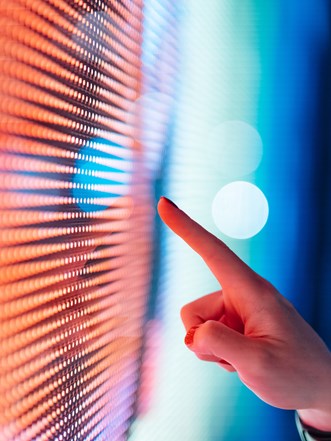
Dubai Design Week 2023: Architecture & Furniture Highlights
Published 22 November 2023
Dubai Design Week (November 7-12) returned with its largest programme to date, with 500 participants from more than 40 countries showcasing inspiring furniture collections as well as sustainable architecture and material projects. We dive into the highlights.
Dubai Design Week 2023: Architecture & Furniture Highlights


Topics

Want to see the full report?
Offering access to over 350 consumer and cross-industry reports annually, Stylus Membership is your window to tomorrow’s most exciting opportunities.
We already arm more than 500 of the world’s most forward-thinking brands and agencies with the creative insights they need to make transformative business decisions.
We’d love to do the same for you.
Book a demo with us today to discover more.
More Reports From Stylus
More Reports From Stylus
Product Design Validations: A/W 25/26
We revisit our three Product Design Directions for Autumn/Winter 2025/26 – Simplicity,











